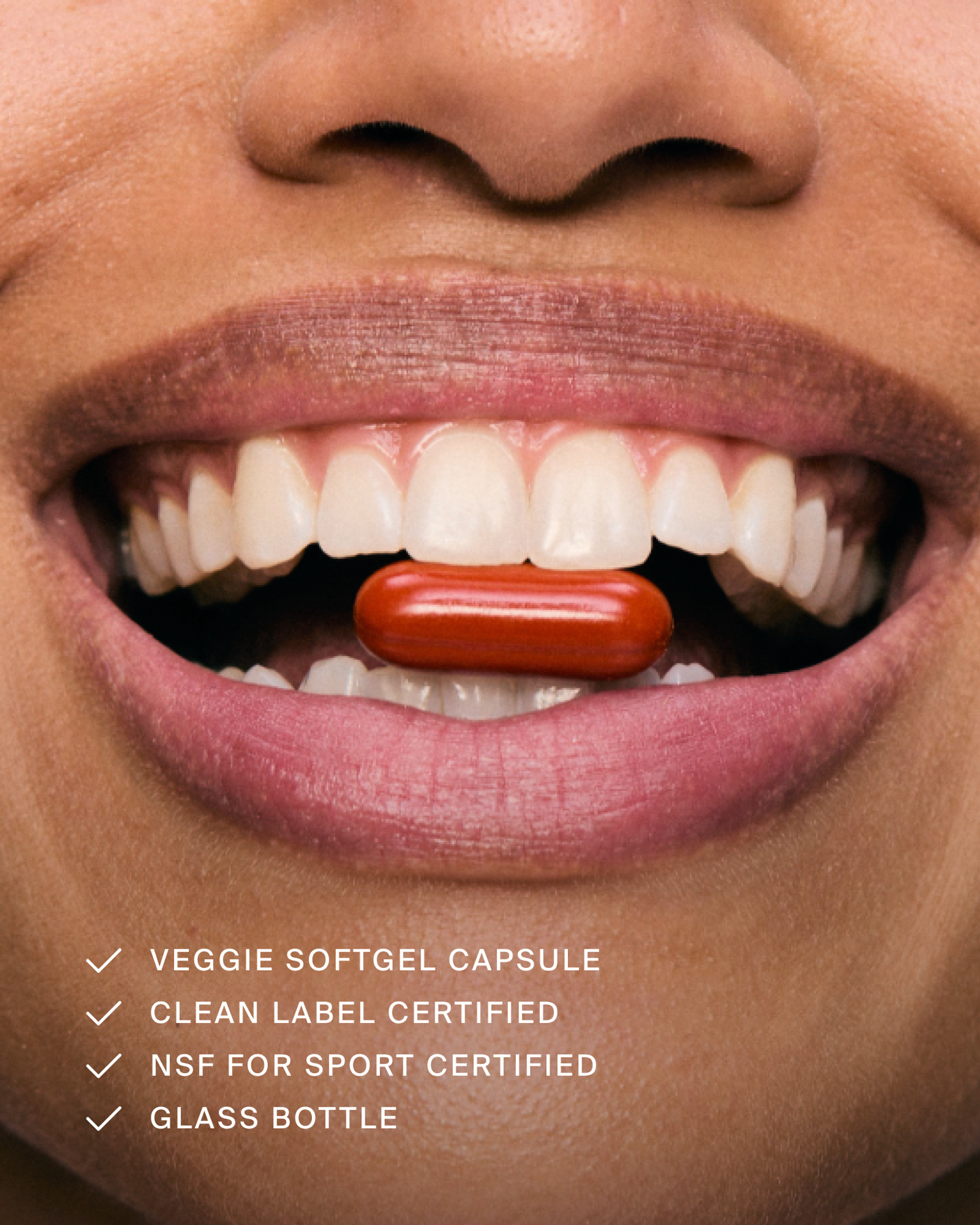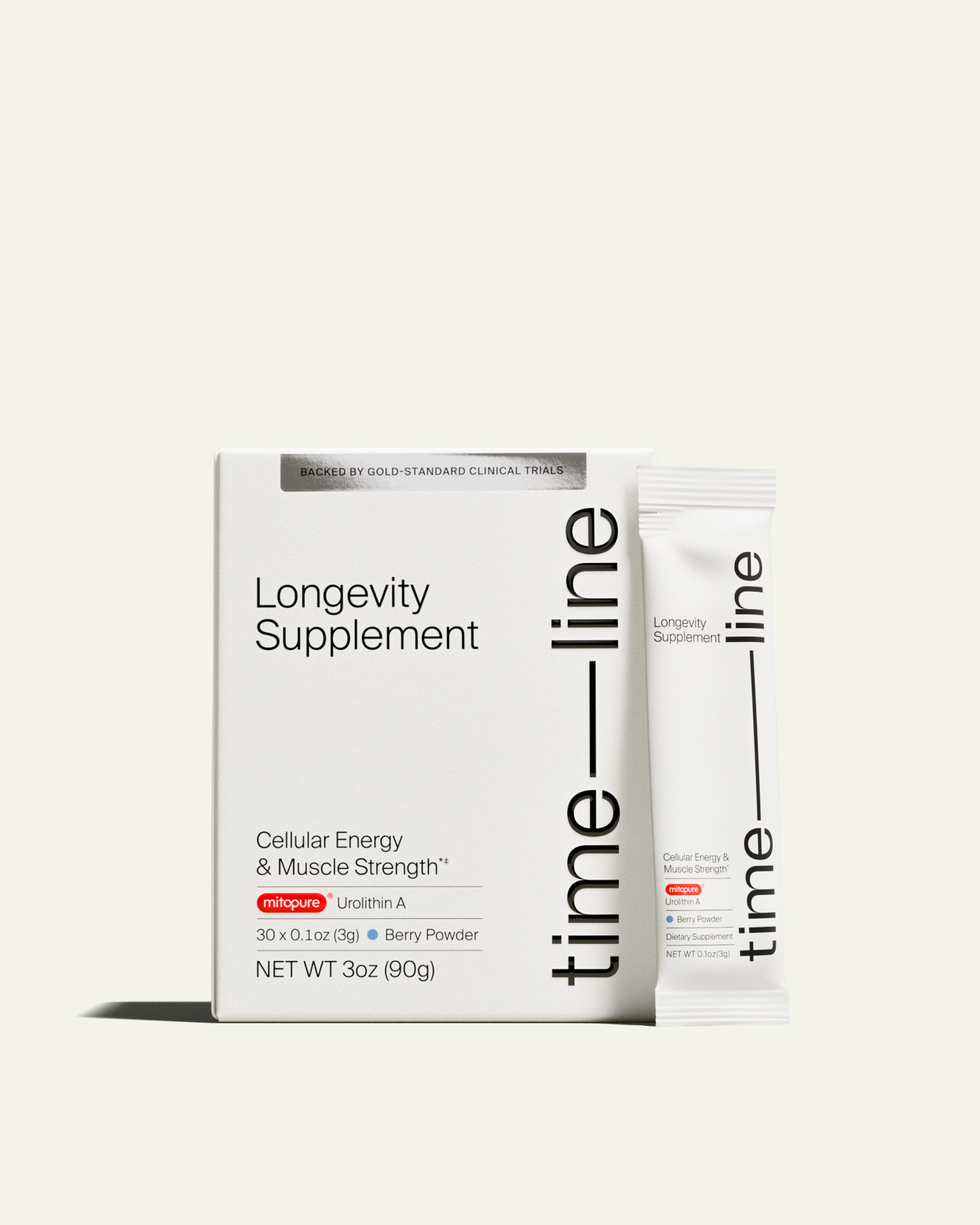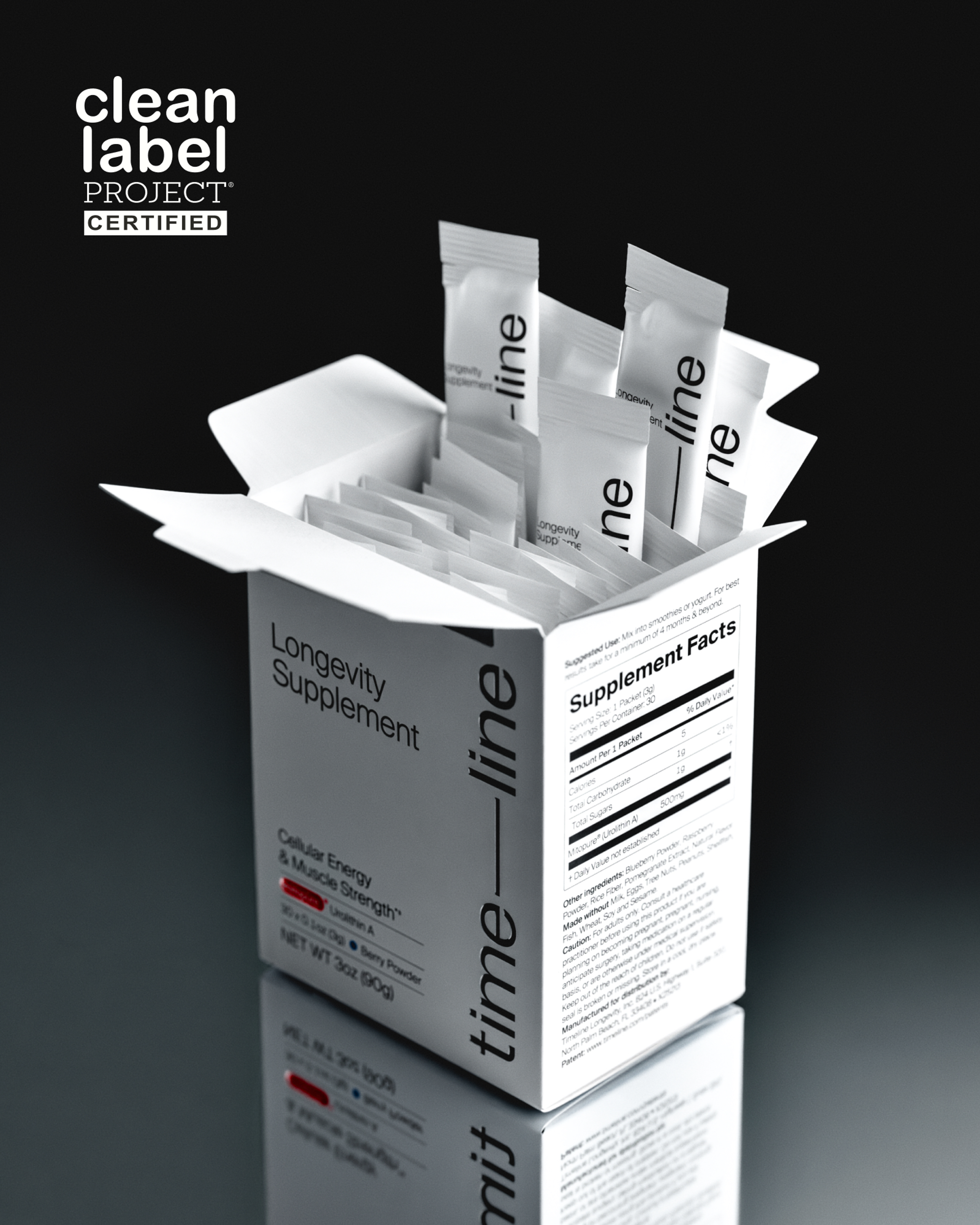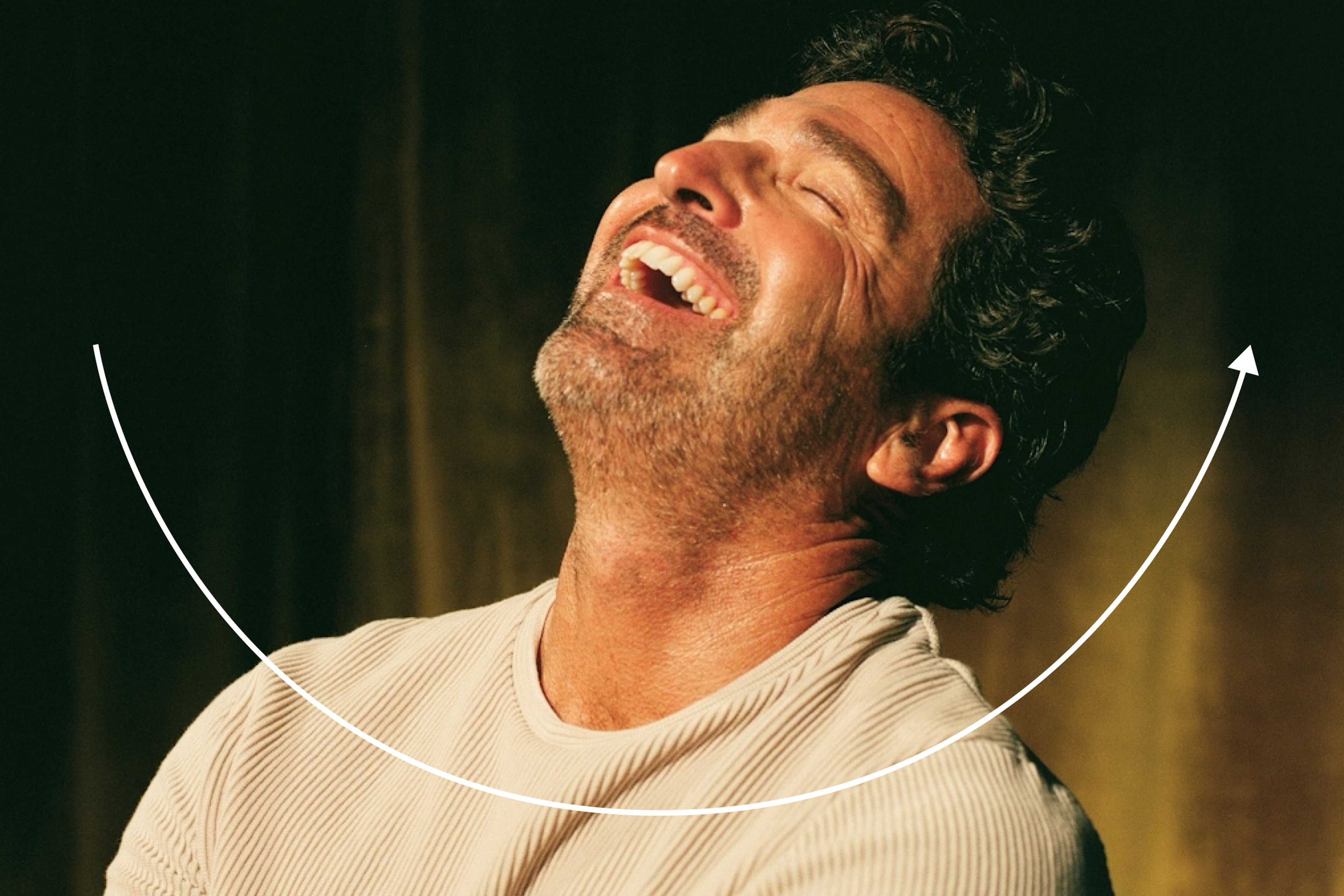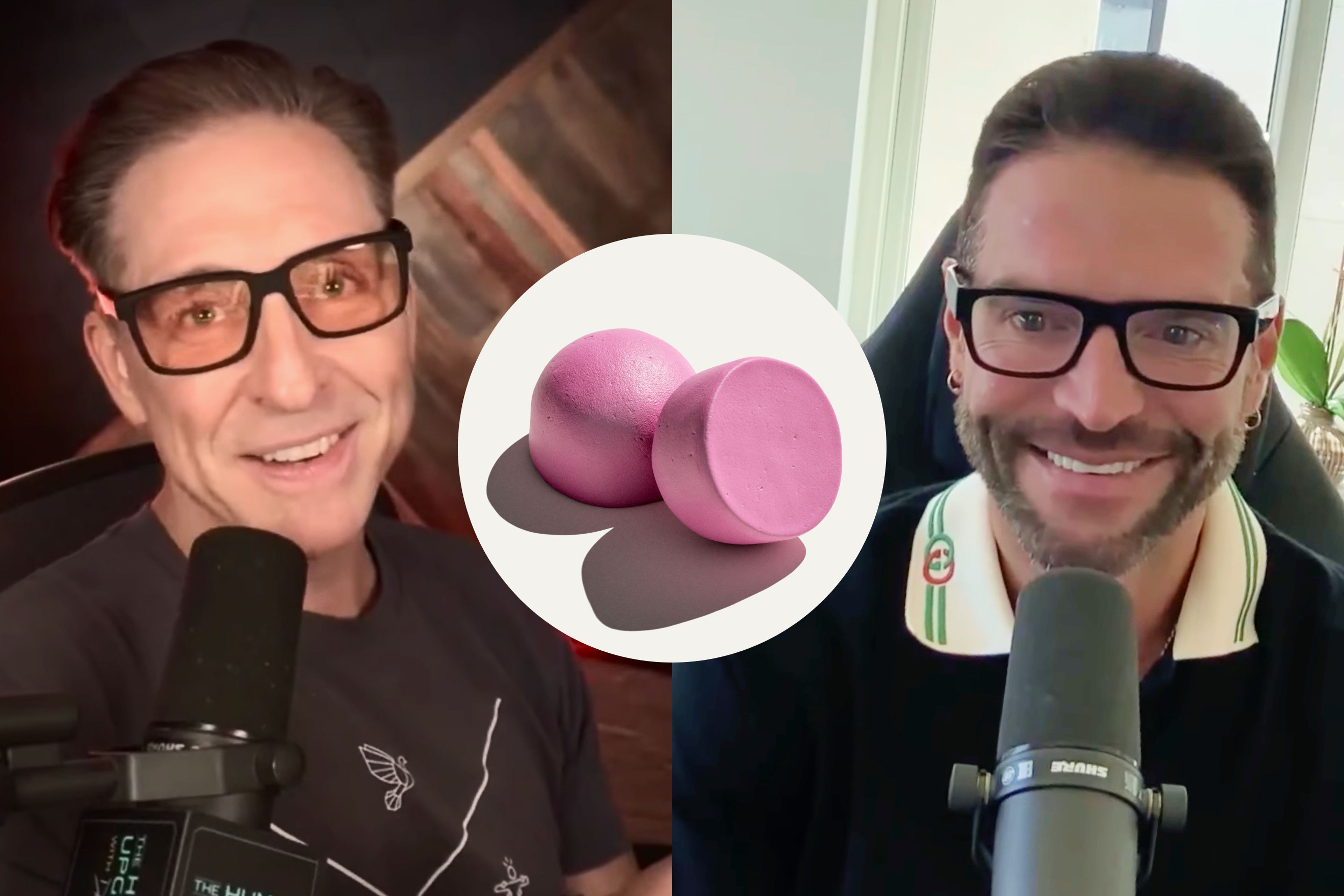Longevity on a Budget: 5 Affordable, Expert-Backed Tips
Longevity isn’t just for millionaires. Top experts share cost-effective, attainable, evidence-based longevity strategies for everyone.

What to know
Longevity practices from experts like Bryan Johnson, Dr. Kara Fitzgerald, and Dr. Andrew Huberman don’t have to cost a fortune.
Daily fermented foods may reduce chronic inflammation and support gut health.
Too much high-intensity training can backfire; quality matters more than quantity.
Testing for nutrient deficiencies is often covered by insurance, making personalized supplementation accessible.
A consistent sleep schedule may be the most underrated longevity tool.
The longevity boom is here. And high-profile figures like Bryan Johnson, known for his radical self-experimentation, and Dr. Andrew Huberman, who breaks down the science of biohacking, are pushing it into the mainstream.
While some of their strategies, like Bryan Johnson’s $2 million yearly investment, may seem unattainable, there are plenty of actionable and affordable practices that you can easily incorporate into your own life.[1] Longevity doesn’t have to be reserved for the ultra-wealthy.
Here are five expert-backed longevity tips that don’t require deep pockets.
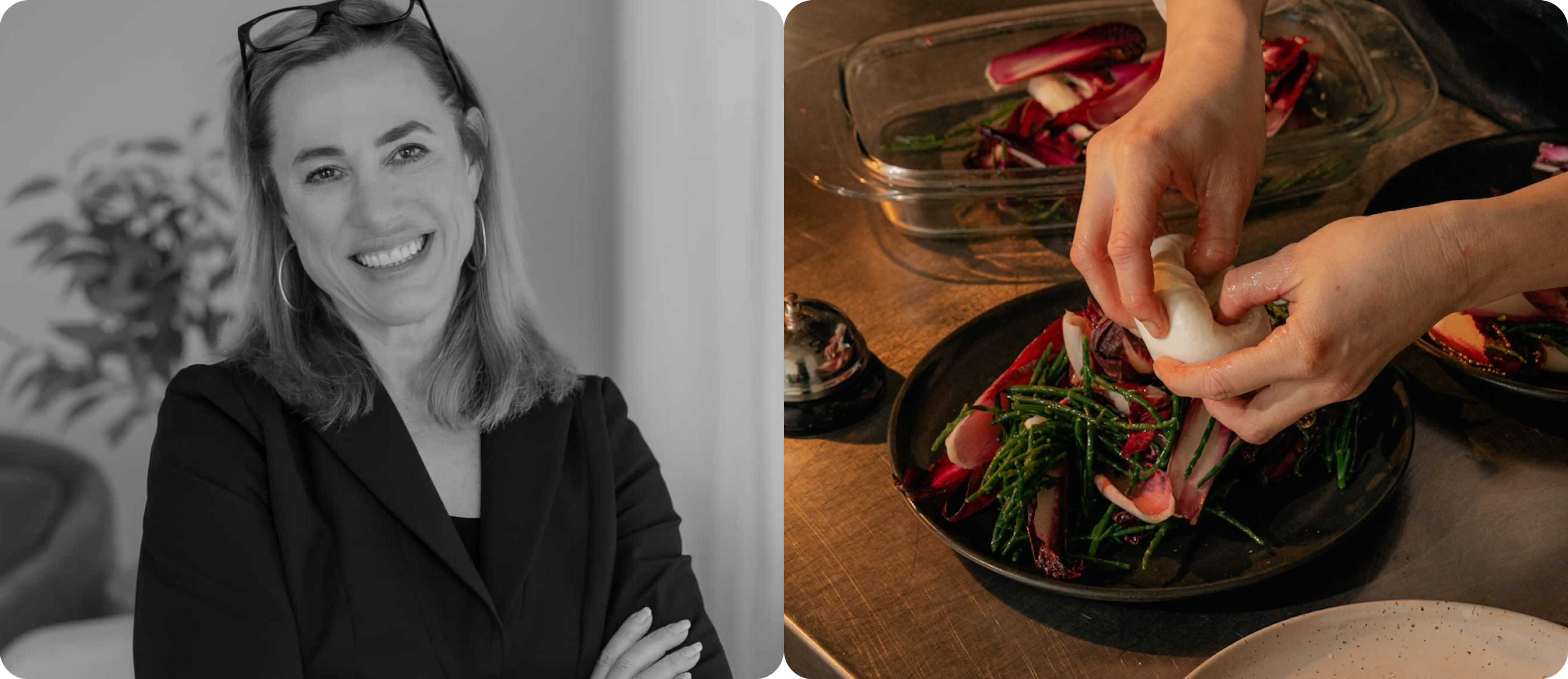
1. Create a Nutrient-Dense Salad or Bowl You Can Eat Again and Again
Dr. Kara Fitzgerald, author of Younger You: Reduce Your Bio Age and Live Longer, Better, is all about nutrition for longevity.
Nutrition isn’t just about calories. It’s information—capable of influencing gene expression, turning down inflammation, and yes, slowing (or even lowering) the epigenetic clock.Dr. Kara Fitzgerald
These kinds of salads or bowls are “information dense.” She compares the nutrients and other chemicals your body needs to information. And when it comes to packing in information like an encyclopedia, “salads are a really easy way to get the job done.”
Johnson also uses food as a foundation in his longevity plan. Take a cue from his famous “Super Veggie” bowl, but make it your own. Pile a bowl with something fiber-rich, like beans or legumes, dark green, polyphenol-packed vegetables like leafy greens and broccoli, get some healthy fats from avocado, olive oil, nuts, and seeds, and top it with your personal favorites, whether it’s grape tomatoes, cucumbers, or other vegetables.[2]
Your plan: Enjoy one of these super salads every day.
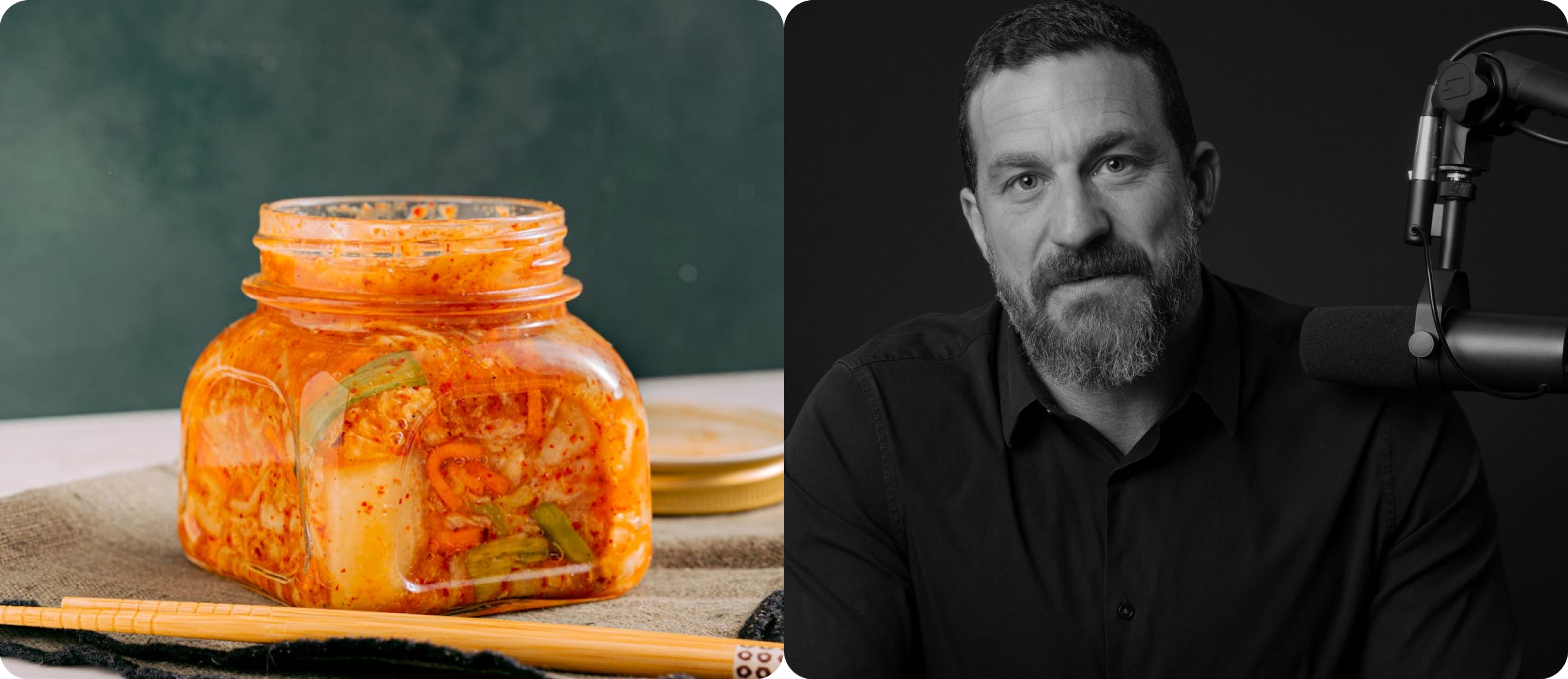
2. Eat Fermented Foods Every Day
Daily fermented foods may be one of the simplest longevity upgrades. Studies suggest that the microorganisms support a balanced microbiome and can carry anti-aging effects like reduced inflammation, and may support cellular resilience over time. Dr. Fitzgerald emphasizes that fermented foods don’t have to be exotic or expensive. Opt for foods like kimchi, fermented beets, or cabbage.[3]
Neuroscientist and podcast host Dr. Andrew Huberman, PhD, also includes fermented foods in his health and longevity plan. He shares that he consumes 2-4 unsweetened fermented foods daily to support his microbiome.
Research is ongoing on how well these foods work in human bodies, but scientists theorize that fermented foods may be especially good at introducing beneficial bacteria in the intestines to positively impact the gut microbiome[4].
Your plan: Add a spoonful of fermented vegetables, like sauerkraut or kimchi, or everyday options like olives, capers, and full-fat yogurt to your meals.

3. Do High-Quality, High-Intensity Exercise 1-2 Times Per Week
High-intensity interval training (HIIT) involves short bursts of intense exercise alternated with periods of rest or low-intensity movement. It’s a time-efficient and powerful way to improve cardiovascular fitness, build muscle, and support metabolic health.
HITT is endorsed by longevity researchers and enthusiasts alike for its impact on VO2 Max and metabolic health.[5]
Dr. Stacy Sims, an exercise physiologist who studies sex differences in training, notes that HIIT workouts can be particularly beneficial for menopausal women and body composition.
Johnson is also a big believer and does three weekly HIIT sessions, including a Norwegian 4x4 protocol workout.[6] Johnson says he does this version of high-intensity work because the research is promising on VO2 max and cardiorespiratory improvements.[7]
Other longevity experts like Dr. Mike Nelson recommend just 1–2 well-structured HIIT sessions per week to optimize results without overdoing it for two main reasons:
- Too much high-intensity work leads to a harder recovery, leaving exercisers more susceptible to injury.
- To get the benefits of high-intensity work, each effort within each HIIT workout needs to be at a near-maximum intensity. For most exercisers, that’s hard to maintain for four minutes at a time, and to repeat lots of times each week.
Your plan: If you're new to HIIT or haven’t been exercising regularly, get clearance from your doctor before starting. It’s also a good idea to consult with a personal trainer or fitness professional to ensure proper form and progression. Begin with short intervals of brisk walking, cycling, or bodyweight movements like squats or modified burpees. Start with one session per week, gradually increasing the intensity, the duration of the intervals, and the total workout time.
If you’re more experienced, aim for 1–2 HIIT sessions per week, alternating near-maximal effort with recovery periods. Prioritize quality over quantity to reduce injury risk and maximize benefits.

4. Start a Supplement Regimen That’s Tailored to You
Each morning, Bryan Johnson kickstarts his longevity protocol with over 35 supplements, each one customized to his bloodwork. While this might be excessive for many people, well-targeted supplements based on your individual needs can help to fill gaps in your diet.
Huberman: "Many supplements are compounds that are extremely efficacious for enhancing sleep, for enhancing hormone function, or enhancing focus, and many of those compounds are simply not found in food or not found in enough abundance in food.”
This hyper-personalized approach isn’t just for biohackers. Experts like Dr. Mark Hyman and Dr. Jeremy Nicholson, a pioneer in phenomic medicine, agree that the future of supplementation is moving away from one-size-fits-all and toward precision protocols.[8] By combining insights from genomics, microbiome data, and real-time biomarker testing, we can now create supplement protocols that are uniquely tailored to an individual’s needs.
Getting started with personalized supplementation is more accessible than most people realize. Dr. Fitzgerald recommends asking your doctor to include nutrient testing in your routine bloodwork. Standard labs often offer these tests, and they're typically covered by insurance.
Your plan: Ask your doctor to test your vitamin and mineral levels as part of a normal blood screen. This can pinpoint deficiencies. Here are a few longevity supplements that most people are missing in their diet.
- Omega-3 fatty acids. These acids protect against diseases caused by inflammation, including arthritis, cancer, and heart disease. In one study, taking an omega-3 supplement was associated with lowering biological age by four months.[9]
- Vitamin D. The sunshine-and-milk vitamin is known for its role in bone health, but it also supports our immune system and is crucial for building and maintaining muscle. [10]Most Americans don’t get enough vitamin D, and it’s hard to get what we need from sunlight alone, especially during the winter. Consider a vitamin D3 supplement to help fill the gap.
- Vitamin K-2. This vitamin, found in meat and other animal products, pairs well with Vitamin D, and can help calcium get to where it needs to be—in bone—instead of where it shouldn’t be, like the arteries or muscle tissue.[11]
- Magnesium: More than half of Americans are deficient in magnesium.[12] When we’re low on magnesium, we’re more susceptible to low-grade inflammation called “inflammaging,” a condition associated with age-related chronic diseases.[13]
- Urolithin A:. This postbiotic nutrient is a clinically proven bioactive that increases mitophagy (the recycling process of our cellular powerhouses). Urolithin A tackles mitochondrial dysfunction, one of the fundamental hallmarks of aging. The clinical evidence for its anti-aging properties continues to grow.[14]
Mitopure, the first clinically validated Urolithin A supplement
Mitopure® is the first clinically validated Urolithin A supplement on the market. Research has shown that taking Mitopure daily results in:
- Improvement in cellular energy and markers of mitochondrial function[15]
- 12% increase in hamstring muscle strength in 16 weeks with a 500mg dose, in sedentary, middle-aged adults[16]
- 17% improvement in muscle endurance after 8 weeks when taking a 1000mg dose[17]
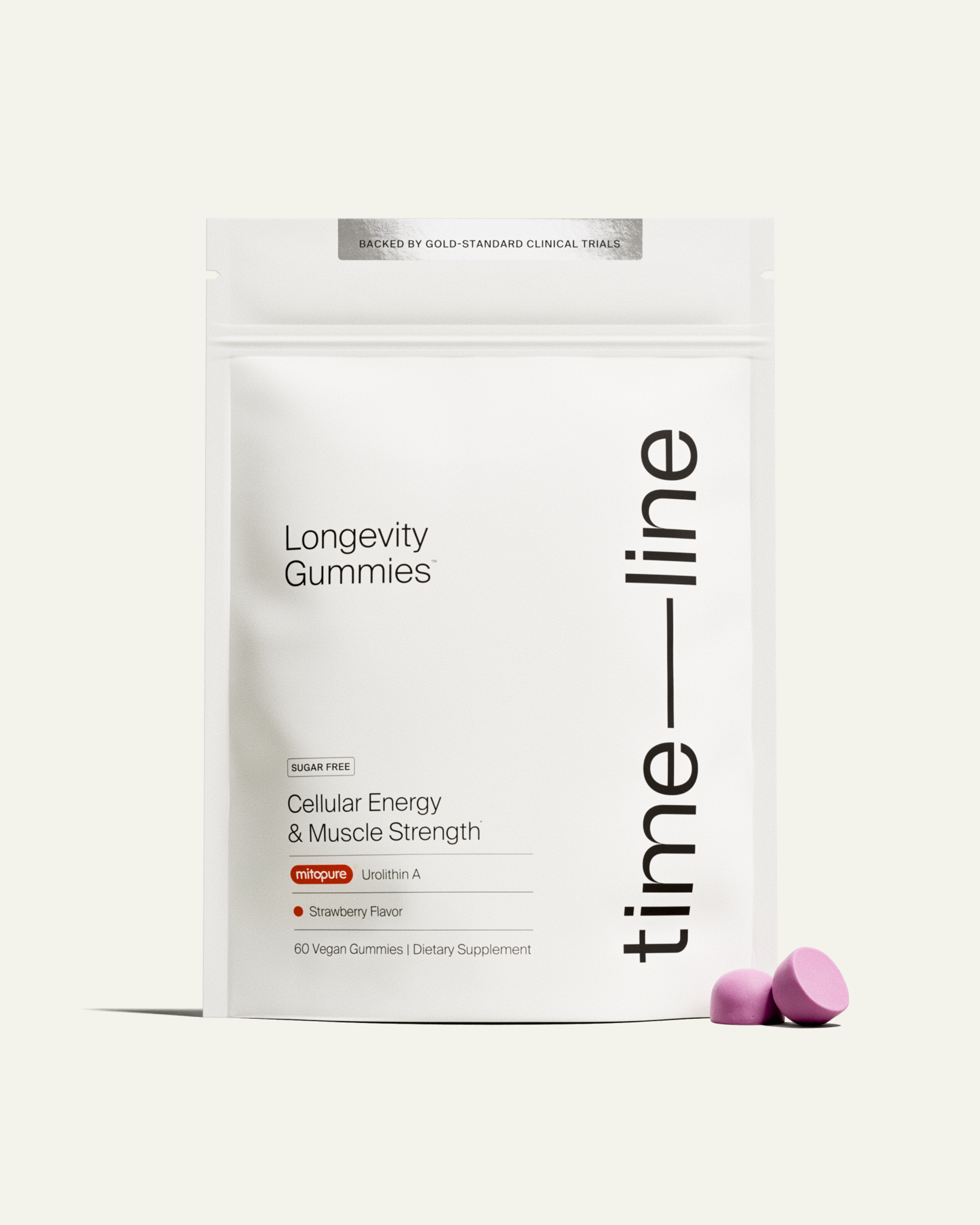
Mitopure Gummies
4.7 · 653 reviews
A strawberry-flavored dose of cellular energy
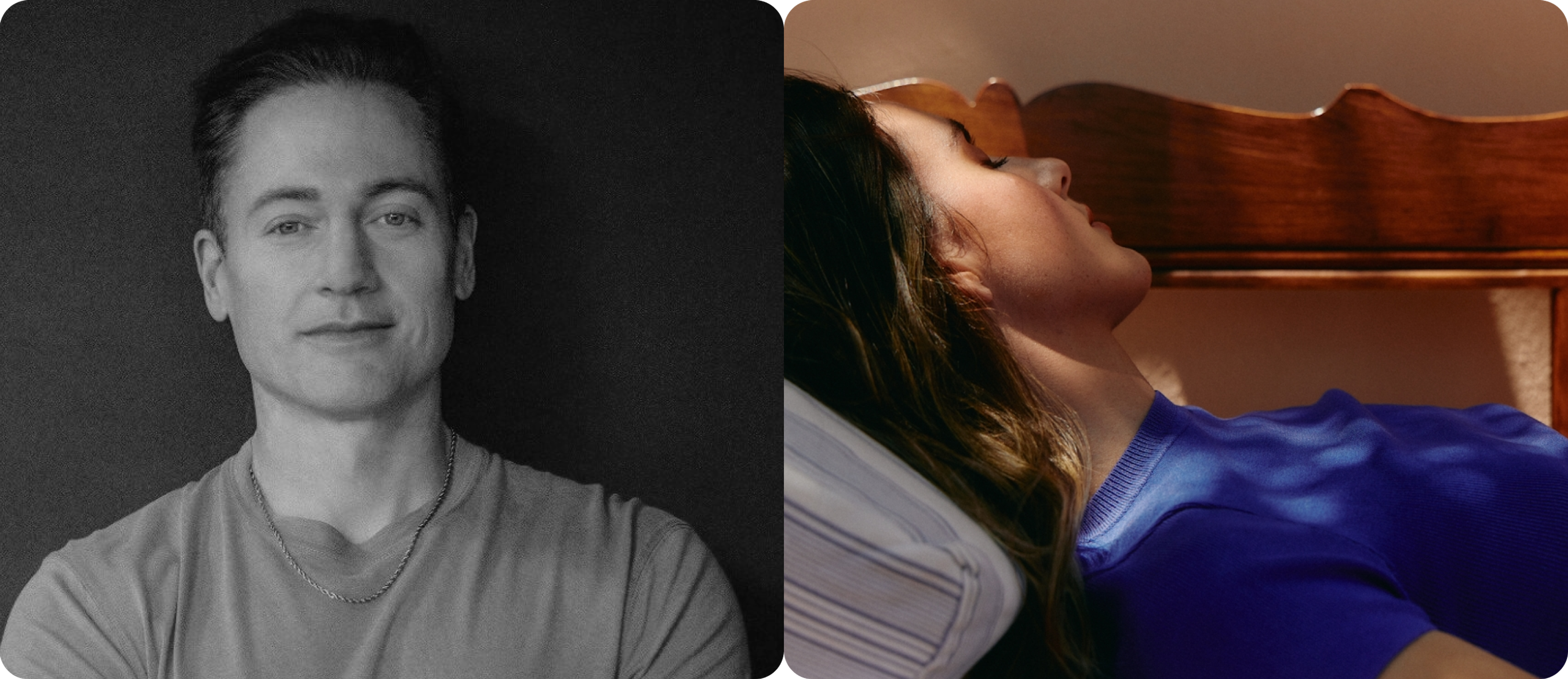
5. Become a Semi-Pro Sleeper
Dr. Matthew Walker, neuroscientist and author of Why We Sleep, calls sleep “the Swiss army knife of health,” due to its effects on everything from brain detox (via the glymphatic system) to mitochondrial repair and hormone balance.
In his daily protocol, Johnson describes himself as a “professional sleeper”[18] who will not vary from his daily slumber routine: He goes to bed at 8:30 p.m. each night, and wakes up at 5 a.m.
A 2023 study found that people with healthy sleep habits live significantly longer, adding 4.7 years for men and 2.4 years for women.[19]
Your plan: Instead of being a “professional sleeper,” aim for semi-pro status. These three simple steps will help improve the quality of your sleep, putting you more in line with the age-defying sleep patterns from the study above:
- Sleep 7-9 hours per night: When scientists reviewed 15 studies on sleep, they found that getting less than this resulted in a 12 percent increase in the risk of early death compared to slumbering in the 7-9 window.[20]
- Set your alarm for the same time every day, including weekends: In a study of teens who slept late on the weekends, they found that sleep effectively gave the students jet lag and that it took 3-4 days to readjust to a proper, restful sleep pattern.[21]
- Turn off screens 30 minutes before you sleep: A study from 2020 found that making this small change not only improved sleep quality and reduced the number of times participants woke during the night, but also improved their memory.[22]
The Bottom Line: Longevity Doesn’t Have to Break the Bank
You don’t need a massive budget or high-tech tools to start investing in your long-term health. As this list shows, some of the most effective longevity strategies, like eating nutrient-rich meals, prioritizing quality sleep, and incorporating regular movement, are both accessible and affordable.
Simple daily choices, such as adding Mitopure, doing a short HIIT workout once or twice a week, or maintaining a consistent sleep schedule, can have a meaningful impact over time.
Choose one habit to start with, stay consistent, and build from there. The most effective longevity routine is the one that fits into your life and helps you feel your best, now and in the years ahead.
Authors
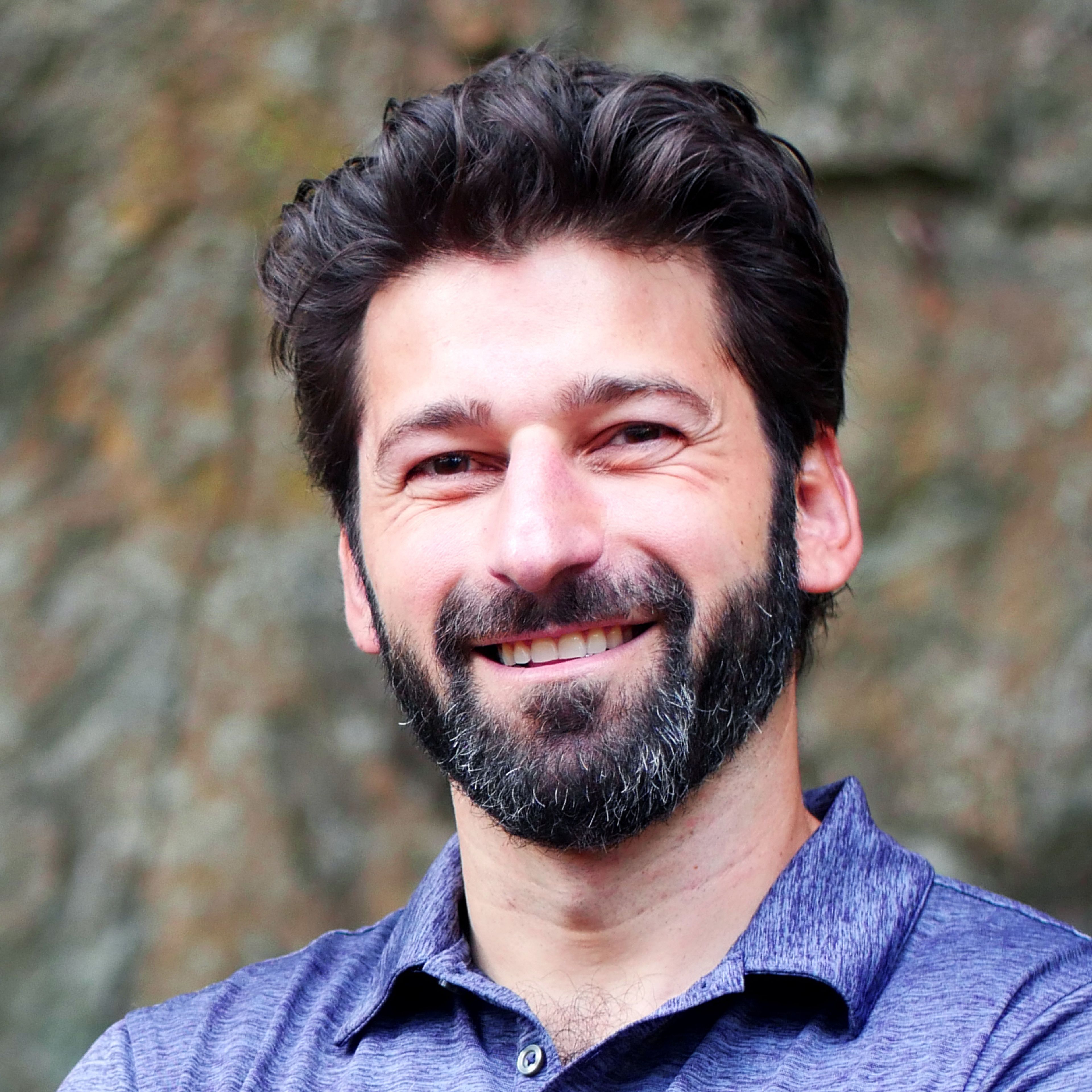
Written by
Health & Fitness Writer

Written by
Freelance writer

Reviewed by
Director Science Communications
References
- ↑
Economic Times. Meet the US billionaire, Bryan Johnson, who spends $2 mn per year to stay young. August 13, 2023. https://economictimes.indiatimes.com/news/new-updates/meet-the-us-billionaire-bryan-johnson-who-spends-2-mn-per-year-to-stay-young/articleshow/102693478.cms (https://economictimes.indiatimes.com/news/new-updates/meet-the-us-billionaire-bryan-johnson-who-spends-2-mn-per-year-to-stay-young/articleshow/102693478.cms)
- ↑
The Blueprint. Blueprint Protocol: Eat. Accessed 10 March 2025. https://blueprint.bryanjohnson.com/pages/blueprint-protocol#eat (https://blueprint.bryanjohnson.com/pages/blueprint-protocol#eat)
- ↑
Das G, Paramithiotis S, Sundaram Sivamaruthi B, et al. Traditional fermented foods with anti-aging effect: A concentric review. Food Res Int. 2020;134:109269. doi:10.1016/j.foodres.2020.109269
- ↑
Leeuwendaal NK, Stanton C, O’Toole PW, Beresford TP. Fermented Foods, Health and the Gut Microbiome. Nutrients. 2022; 14(7):1527. https://doi.org/10.3390/nu14071527
- ↑
Wu, Z. J., Wang, Z. Y., Gao, H. E., Zhou, X. F., & Li, F. H. (2021). Impact of high-intensity interval training on cardiorespiratory fitness, body composition, physical fitness, and metabolic parameters in older adults: A meta-analysis of randomized controlled trials. Experimental gerontology, 150, 111345. https://doi.org/10.1016/j.exger.2021.111345
- ↑
The Blueprint. Blueprint Protocol: Exercise and Fitness Protocol for Longevity.. Accessed 10 March 2025.
https://blueprint.bryanjohnson.com/blogs/news/exercise-and-fitness-protocol-for-longevity (https://blueprint.bryanjohnson.com/blogs/news/exercise-and-fitness-protocol-for-longevity)
- ↑
Acala JJ, Roche-Willis D, Astorino TA. Characterizing the Heart Rate Response to the 4 × 4 Interval Exercise Protocol. Int J Environ Res Public Health. 2020 Jul 15;17(14):5103. doi: 10.3390/ijerph17145103. PMID: 32679757; PMCID: PMC7399937.
- ↑
Mark Hyman, MD. (2024, October 2). Predicting and preventing disease with precision medicine with dr. jer. https://drhyman.com/blogs/content/podcast-ep956 (https://drhyman.com/blogs/content/podcast-ep956)
- ↑
Bischoff-Ferrari, H.A., Gängler, S., Wieczorek, M. et al. Individual and additive effects of vitamin D, omega-3 and exercise on DNA methylation clocks of biological aging in older adults from the DO-HEALTH trial. Nat Aging (2025). https://doi.org/10.1038/s43587-024-00793-y
- ↑
Pilz S, Frisch S, Koertke H, et al. Effect of vitamin D supplementation on testosterone levels in men. Horm Metab Res. 2011;43(3):223-225. doi:10.1055/s-0030-1269854
- ↑
Ma ML, Ma ZJ, He YL, et al. Efficacy of vitamin K2 in the prevention and treatment of postmenopausal osteoporosis: A systematic review and meta-analysis of randomized controlled trials. Front Public Health. 2022;10:979649. Published 2022 Aug 11. doi:10.3389/fpubh.2022.979649
- ↑
Aaseth JO, Alehagen U, Opstad TB, Alexander J. Vitamin K and Calcium Chelation in Vascular Health. Biomedicines. 2023;11(12):3154. Published 2023 Nov 27. doi:10.3390/biomedicines11123154
- ↑
Wallace TC, McBurney M, Fulgoni VL 3rd. Multivitamin/mineral supplement contribution to micronutrient intakes in the United States, 2007-2010. J Am Coll Nutr. 2014;33(2):94-102. doi:10.1080/07315724.2013.846806
- ↑
Dominguez LJ, Veronese N, Barbagallo M. Magnesium and the Hallmarks of Aging. Nutrients. 2024;16(4):496. Published 2024 Feb 9. doi:10.3390/nu16040496
- ↑
Andreux, P.A., Blanco-Bose, W., Ryu, D. et al. The mitophagy activator urolithin A is safe and induces a molecular signature of improved mitochondrial and cellular health in humans. Nat Metab 1, 595–603 (2019). https://doi.org/10.1038/s42255-019-0073-4
- ↑
Singh A, D'Amico D, Andreux PA, Fouassier AM, Blanco-Bose W, Evans M, Aebischer P, Auwerx J, Rinsch C. Urolithin A improves muscle strength, exercise performance, and biomarkers of mitochondrial health in a randomized trial in middle-aged adults. Cell Rep Med. 2022 May 17;3(5):100633. doi: 10.1016/j.xcrm.2022.100633. PMID: 35584623; PMCID: PMC9133463.
- ↑
Liu S, D’Amico D, Shankland E, et al. Effect of Urolithin A Supplementation on Muscle Endurance and Mitochondrial Health in Older Adults: A Randomized Clinical Trial. JAMA Netw Open. 2022;5(1):e2144279. doi:10.1001/jamanetworkopen.2021.44279
- ↑
The Blueprint. Blueprint Protocol: Sleep. Accessed 10 March 2025. https://blueprint.bryanjohnson.com/pages/blueprint-protocol#sleep (https://blueprint.bryanjohnson.com/pages/blueprint-protocol#sleep)
- ↑
Li H, Qian F, Han L, et al. Association of healthy sleep patterns with risk of mortality and life expectancy at age of 30 years: a population-based cohort study. QJM. 2024;117(3):177-186. doi:10.1093/qjmed/hcad237
- ↑
Cappuccio FP, D'Elia L, Strazzullo P, Miller MA. Sleep duration and all-cause mortality: a systematic review and meta-analysis of prospective studies. Sleep. 2010;33(5):585-592. doi:10.1093/sleep/33.5.585
- ↑
Örebro University. "Teens come 'jet lagged' to school: Shifting sleeping patterns at weekends." ScienceDaily. ScienceDaily, 15 September 2017. <www.sciencedaily.com/releases/2017/09/170915164815.htm>
- ↑
He JW, Tu ZH, Xiao L, Su T, Tang YX. Effect of restricting bedtime mobile phone use on sleep, arousal, mood, and working memory: A randomized pilot trial. PLoS One. 2020;15(2):e0228756. Published 2020 Feb 10. doi:10.1371/journal.pone.0228756


